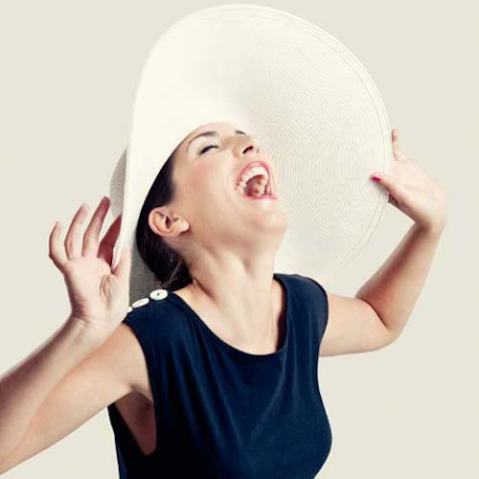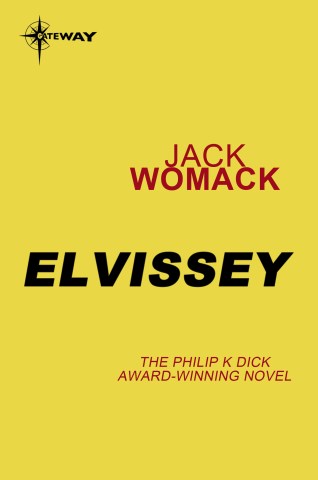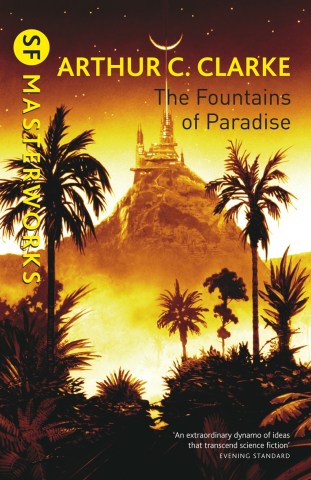Making the most of test shoots
Almost everyone with a camera wants to get paid to take pictures of beautiful people, but the reality is that fashion photography rates work on a sliding scale. In the beginning you will be expected to shoot on a ‘TFP’ (time for print) basis, or ‘Tests’ as they are called in agency circles.
 The series from which this shot was taken was achieved in under an hour in the Utah desert. The clothes are from local thrift stores, and makeup and hair styled to suit the intense conditions.
The series from which this shot was taken was achieved in under an hour in the Utah desert. The clothes are from local thrift stores, and makeup and hair styled to suit the intense conditions.
This means that no one on the shoot gets paid: the model and team give up their time and expertise for credit and images for their portfolios. The majority of photographers and models continue to test throughout their careers as the creative process can be extremely beneficial.
For a photographer, testing will help you build your book, or portfolio, which is essentially a marketing tool to help you establish professional relationships with agencies and get paid work from clients. Testing allows you to gain invaluable knowledge and experience, while hopefully developing a personal style that agencies and clients are looking for.
The beauty of a test is that you have the freedom to shoot any concept and any location you like, but ultimately try to keep a consistency to your work. Experiment with lighting to convey expression, find out what inspires you, talk to your models, and enjoy the collective creativity. Remember that your team and the model (and, if they are represented, their agency) require certain shots too, so discuss with everyone beforehand what they hope to achieve. Shoot half the shots for you, and half for them.
Makeup artists and hair stylists will want their hard work featured. Stylists may need a particular piece of jewellery highlighted as it’s been borrowed from a store on the promise of free advertising. Makeup artists can spend hours painting details onto a model’s face. Shoot close-ups near the beginning of the shoot to highlight the work when it’s fresh. Be sure to listen to your team so that everyone gets the most out of the shoot.
Afterward, make sure you are prompt with sending selects and finished images—this is where many photographers ruin their reputation. And don’t include just black-and-white images, either. Maintain a balance, as details in the makeup can get lost without colour. Finally, don’t forget to thank everyone who contributed their time to the shoot. Offering petrol money or a meal goes a long way to keeping people sweet.
With Shooting Models photographers and models alike will learn the key skills to help them advance in the business: top model Franki Falkow and pro photographer Adam Duckworth collaborate to cover all the bases, from booking models to lighting technique. Breaking the process down into logical stages means you won’t put a foot wrong: results will be stunning, and it will be an experience you’ll repeat time and again.
 Shooting Models
Shooting Models
Franki Falkow and Adam Duckworth
Buy it now!
RRP for print edition: £17.99




